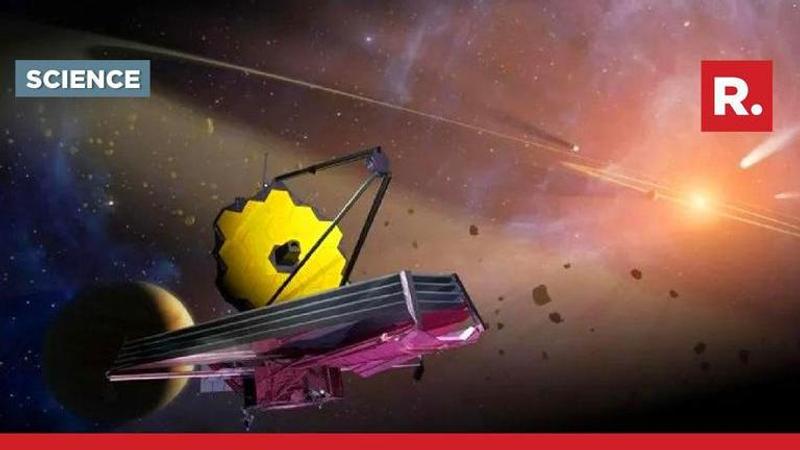Published 23:13 IST, February 23rd 2023
James Webb telescope's discovery of oldest galaxies from early universe stuns scientists
The James Webb Telescope has found galaxies that were born 500-700 million years after the Big Bang, when the universe was just 3% of its current age.

Astronomers studying the universe through the James Webb Space Telescope have been left scratching their heads after an unexpected discovery. According to a new study published in the journal Nature, the discovery of galaxies from "the dawn of the universe" is something no one expected to exist.
An international team of scientists has discovered that these newly-found galaxies were born 500-700 million years after the Big Bang, when the universe was just 3% of its current age (roughly 14 billion years). Webb telescope is designed to observe the universe in infrared light (invisible but can be felt as heat) which emerged from objects billions of years ago.
[Zoomed-in images of six candidate early galaxies; Credit: NASA, ESA, CSA, I. Labbe (Swinburne University of Technology)]
What's more, is that these galaxies are massive and bear stars older than expected. The data set has also revealed that the galaxy on the bottom left of the image above could contain as many stars as the Milky Way, our own galaxy, but it is 30 times more compact.
James Webb telescope offers a glimpse into the past
"These objects are way more massive than anyone expected,” said Joel Leja, assistant professor of astronomy and astrophysics at Penn State and part of the research team in an official statement. “We expected only to find tiny, young, baby galaxies at this point in time, but we’ve discovered galaxies as mature as our own in what was previously understood to be the dawn of the universe.”
The six galaxies astronomers focussed on are believed to be far more massive (up to 100 times greater) than anyone expected and has challenged the previous theories about the timeline of how the Universe's evolution began. “The revelation that massive galaxy formation began extremely early in the history of the universe upends what many of us had thought was settled science,” said Leja. “We’ve been informally calling these objects ‘universe breakers,’ and they have been living up to their name so far.”
Moving forward, the team of experts is planning to gather data on the true distances, and also the gasses and other elements that made up the galaxies in order to confirm their findings.
Updated 23:13 IST, February 23rd 2023




